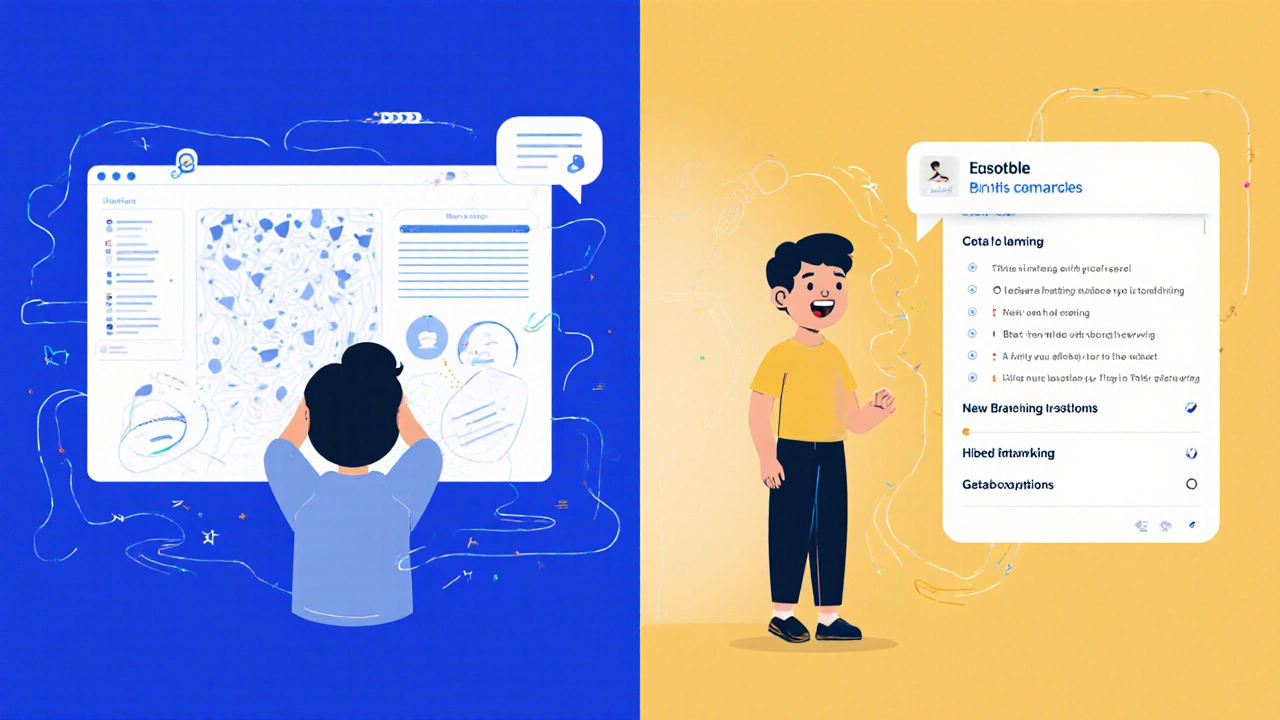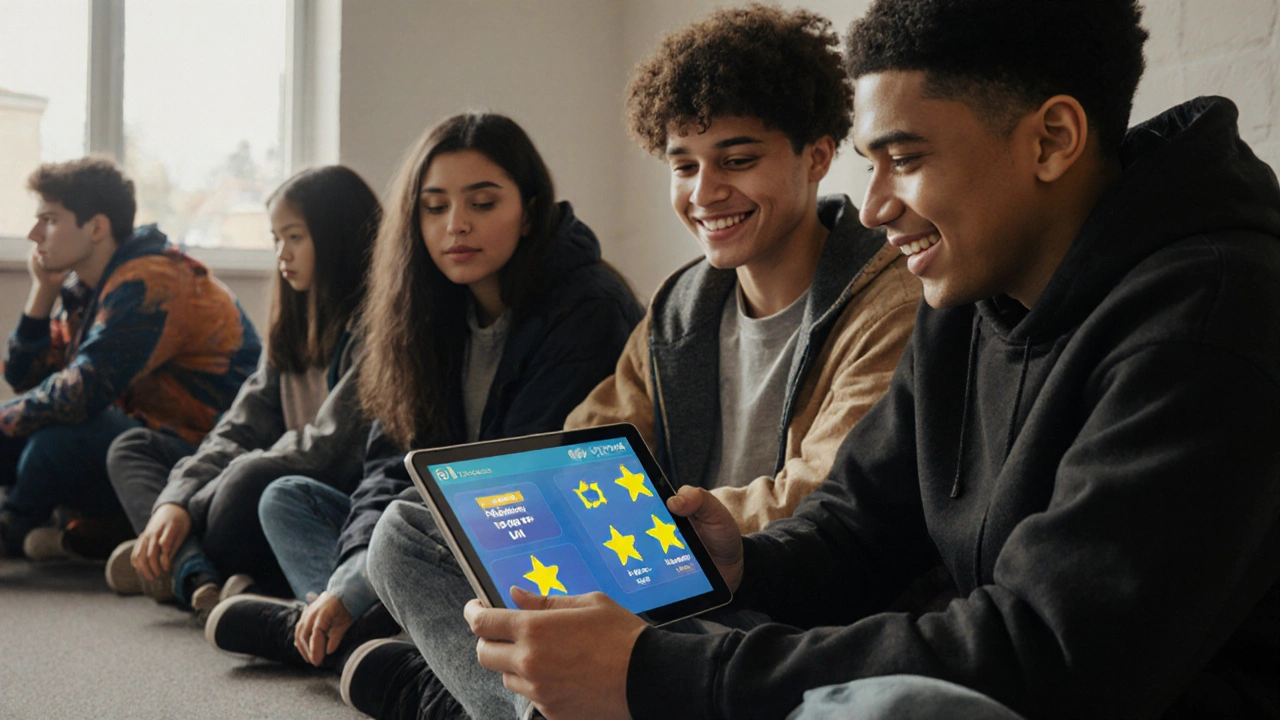Most gamified learning designs fail before they ever reach students-not because the idea is bad, but because no one actually played it. You can build the most beautiful reward system, the most clever quest structure, the most dazzling badges-but if learners don’t find it fun, engaging, or intuitive, it’s just a fancy worksheet with animations. The difference between a learning experience that sticks and one that gets ignored comes down to one thing: playtesting and the willingness to iterate based on what real people do, not what you think they should do.
Why Playtesting Isn’t Optional
Designing a gamified learning module in a vacuum is like baking a cake without tasting the batter. You might follow every recipe, use the best ingredients, and even decorate it beautifully-but if the batter’s too salty or too dry, no amount of frosting will save it. Playtesting is your taste test. It’s when you hand the game-like learning experience to real users and watch what happens.
Take a health education app designed for teens. The team spent weeks building a points system where users earned stars for completing nutrition quizzes. They assumed teens would love the competition. But during the first playtest, teens skipped the quizzes entirely and spent 20 minutes trying to hack the star system. They weren’t interested in learning-they wanted to break the game. That’s not failure. That’s feedback.
Playtesting reveals the gaps between your assumptions and reality. It shows you where learners get stuck, where they lose interest, where they accidentally discover a better way to learn. Without it, you’re designing for an imaginary user who thinks like you.
Who Should You Test With?
You don’t need focus groups or expensive labs. You need real people who match your target audience. If your gamified learning is for high school biology students, test it with actual high school biology students-not college interns, not teachers, not your cousin’s kid who likes video games.
Start small. Five to eight participants is enough for early-stage playtesting. Look for diversity in learning styles: one student who loves challenges, one who hates competition, one who skips instructions, one who reads every word. You want to see how different people interact with your design.
For corporate training? Don’t test it with HR staff. Test it with the sales reps who’ll actually use it. For adult learners learning coding? Find people who’ve never coded before-not your developer friend. Their confusion is your roadmap.
What to Watch For During Playtesting
Don’t just ask users what they think. Watch what they do. Look for these key signals:
- Repeated confusion: Do they pause at the same screen three times? Do they ask the same question over and over? That’s a design flaw.
- Skipping content: If learners jump past a tutorial or skip a level, they’re not learning-they’re gaming the system.
- Emotional reactions: Do they laugh, groan, sigh, or get frustrated? Emotions are data. Frustration isn’t always bad-it can mean they’re close to a breakthrough. But repeated anger means something’s broken.
- Unintended behaviors: Did they find a loophole to earn points without completing the task? That’s not cheating-it’s innovation. Maybe your reward system is misaligned.
- Time spent: Are they finishing in 5 minutes or 45? Too fast means it’s shallow. Too long means it’s confusing or boring.
One team designing a language-learning game for adults noticed users spent most of their time clicking on the emoji buttons instead of practicing vocabulary. Turns out, the emoji were more engaging than the words. So they redesigned the entire interface around visual cues, and completion rates jumped 62%.

The Iteration Cycle: Small, Fast, Repeat
Playtesting isn’t a one-time event. It’s a loop: Test → Learn → Change → Test Again.
Too many teams do one big playtest at the end of development and then spend months fixing everything. That’s slow. That’s expensive. That’s risky.
Instead, run mini-cycles. Build a rough version-just the core mechanic. Test it with five people. Fix the top three issues. Test again. Repeat. This is called rapid iteration.
For example, a team working on a math game for middle schoolers built a level where players had to solve equations to unlock a door. First test: 80% of kids gave up after two tries. Why? The problems got too hard too fast. They didn’t adjust the difficulty-they added a hint button that gave a visual clue (like a number line). Second test: 70% completed the level. Third test: they added a progress bar showing how close they were to unlocking the door. Completion rate hit 92%.
Each iteration doesn’t need to be perfect. It just needs to solve one problem. And you don’t need to fix everything at once. Focus on the biggest friction points first.
Common Mistakes in Iteration
Even experienced teams mess this up. Here are the most common traps:
- Chasing popularity: If five out of six testers say they want more explosions, don’t add explosions. Ask why they want them. Maybe they’re bored, not craving fireworks.
- Listening to the loudest voice: One kid screams, "This is stupid!" and you change everything. But what if they’re just frustrated because they didn’t read the instructions? Look for patterns, not outliers.
- Waiting for perfection: If you wait until everything feels "just right," you’ll never launch. A good iteration is better than a perfect prototype.
- Ignoring negative feedback: If someone says, "I don’t get it," don’t explain it again. Redesign it. Your explanation is part of the design.
- Testing only with experts: Teachers, designers, and developers aren’t your target users. They know how games work. Your students don’t.
One team redesigned a leadership training game after a participant said, "This feels like a test, not a game." They removed the scoreboards and replaced them with narrative choices: "Do you confront the team member privately or in front of everyone?" The game became a story, not a quiz-and engagement doubled.
How Many Rounds of Playtesting Do You Need?
There’s no magic number. But here’s a rule of thumb: you’ll see 80% of the major issues in the first three rounds. After that, you’re fixing small details.
Plan for at least three cycles:
- Prototype round: Test the core mechanic. Is the basic loop fun? Does it make sense?
- Feature round: Add rewards, levels, progression. Do they motivate? Or distract?
- Polish round: Fix UI, audio, pacing, instructions. Is it smooth?
Some projects need five or six rounds. Others only need two. The key isn’t the number-it’s whether you’re learning something new each time.

What to Do When Feedback Conflicts
One learner says, "I want more competition." Another says, "I hate being ranked." Both are right. And that’s okay.
Don’t try to please everyone. Instead, design for flexibility. Offer choices. Let users toggle between competitive and cooperative modes. Let them hide leaderboards. Let them turn off timers.
Research from the University of Auckland’s Learning Innovation Lab found that learners who could customize their gamified experience were 3.5 times more likely to complete the course than those who couldn’t. Autonomy isn’t a luxury-it’s a requirement for engagement.
Instead of asking, "What should we add?" ask, "What should we let people choose?"
Measuring Success Beyond Completion Rates
Completion rates matter. But so do deeper outcomes:
- Did learners retain the information a week later?
- Did they apply it outside the game-in class, at work, at home?
- Did they talk about it with friends or colleagues?
- Did they go back to it voluntarily?
One school in Wellington used a gamified history module. Completion rate was 85%. But the real win? Students started bringing in artifacts from home-old letters, photos, family stories-and connecting them to the historical events in the game. That’s not engagement. That’s meaning.
Track those moments. They’re the real indicators of success.
When to Stop Iterating
You’ll never reach perfection. But you’ll know when to stop when:
- Each new round of testing shows the same feedback-no new surprises.
- Users say things like, "This just works," or, "I didn’t even realize I was learning."
- You’re fixing tiny UI details instead of core learning problems.
- Completion rates and retention are stable and high.
At that point, ship it. Then keep listening. Gamified learning isn’t a product you launch-it’s a conversation you keep having with your learners.
How often should we playtest a gamified learning design?
Start with playtesting before you build anything major. Then test after each major change-every 1-2 weeks during development. Even after launch, check in with users every 4-6 weeks. Learning contexts change, and so do learners. What worked last semester might not work this one.
Can you gamify learning without using technology?
Absolutely. Many of the most effective gamified learning experiences are low-tech: paper-based quest maps, classroom point systems, team-based challenges with physical tokens. The game elements-progression, feedback, choice, challenge-are what matter, not the screen. A teacher in Christchurch used a treasure map to guide students through a science lab, and student engagement jumped 70%-no app needed.
What’s the biggest mistake in gamified learning design?
Treating gamification as decoration. Adding badges, points, and leaderboards because they look cool-not because they support learning goals. The most common failure? Designing for rewards instead of learning. If the game feels like a distraction, you’ve lost.
Do you need a game designer to create gamified learning?
Not necessarily. You need someone who understands learning psychology and human motivation. Game designers bring useful skills, but so do teachers, UX researchers, and even students. The best gamified designs often come from teams where educators and designers collaborate-not one side dictating to the other.
How do you convince administrators to invest in playtesting?
Show them the cost of failure. A poorly designed gamified module can cost thousands in development time and still be ignored. Playtesting costs a few hours and a few student volunteers. One school in Dunedin saved $22,000 by testing a $50,000 software tool with 10 students before buying. They found it was too complex for middle schoolers-and walked away. That’s not a cost. That’s a win.

